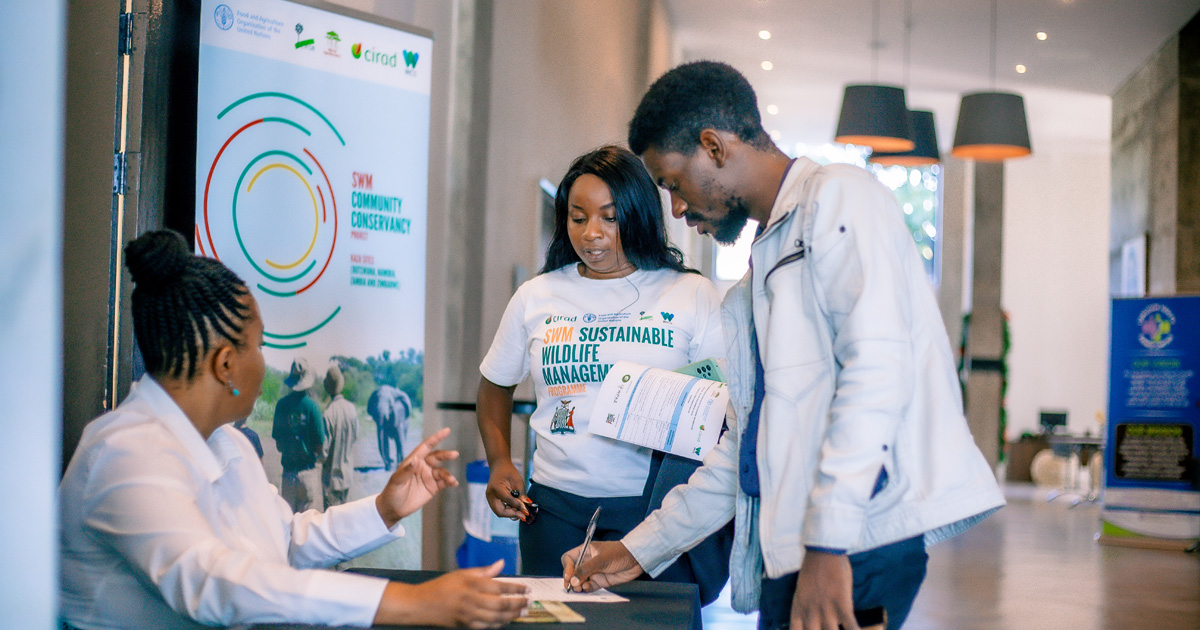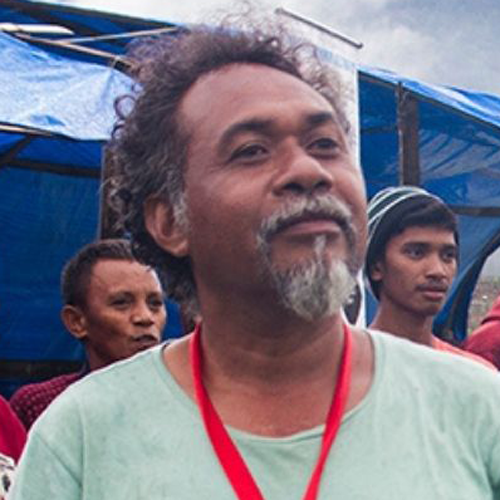Given the huge populations involved and the vast extent of global drylands, it is essential to embed land-use and restoration targets into countries’ nationally determined contributions (NDCs) to the Paris Agreement of the United Nations Framework on Convention on Climate Change. With declared targets, resources can more easily be mobilized for restoration and countries held accountable for inaction. Asia has the largest extent of drylands by total land area and the largest number of people living in them. Low biological productivity, acute poverty and conflict over land already afflict Asian dryland communities, which are set to see their experiences worsen with the changing climate unless wide-scale action is urgently taken.

Restoring Asian drylands for adaptation and mitigation
Restoring Asian drylands for adaptation and mitigation
The Landscape Partnership Asia on the role of drylands restoration in climate-change adaptation and mitigation
7 October 2021, 12.00 - 13.30 (GMT +9), Online


















